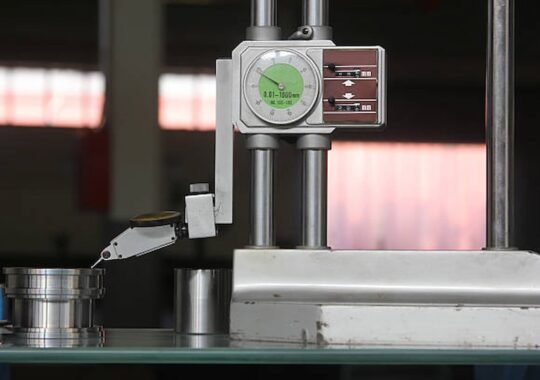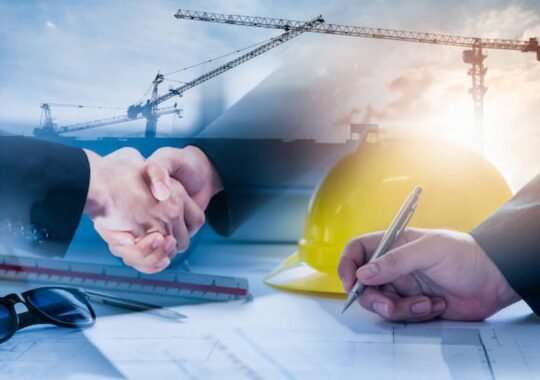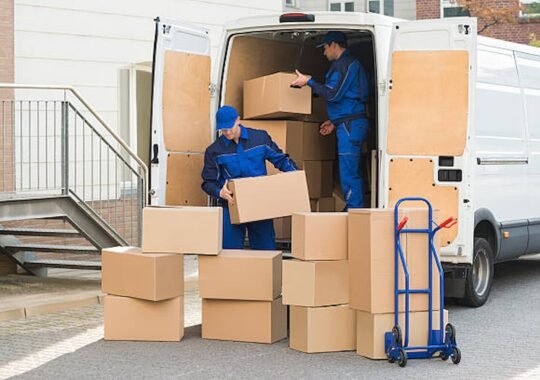Workplace safety is vital across a wide range of industries. Where it becomes most pertinent is within industries that have inherent dangers. An example of this would be an industry like construction, where workers are often required to work at heights. Achieving adequate workplace safety is dependent on two key factors: using the right equipment and ensuring that workers are adequately trained in the use of this equipment, as well as in regards to responding to medical emergencies.
Personal Protective Equipment
PPE, or personal protective equipment, is equipment that is used by workers in order to ensure their safety. This kind of equipment includes things like dead weight anchors, safety harnesses and lifeline equipment. Because PPE is often the last line of defence against workplace accidents, it’s key that this equipment is adequately tested and assessed on a regular basis.
Fall Arrest Equipment
Usually, when workers are operating at heights guardrail systems are used, which presents a physical barrier against workers falling. This isn’t always possible however, and instead fall arrest equipment needs to be used. Fall arrest harnesses are used so that when workers do fall they do so without risk of serious injury. The use of fall arrest equipment should be bolstered with fall arrest training.
Safety Rails and Barriers
One of the most effective ways to prevent injuries resulting from working from height is to use an array of safety rails and barriers. These solutions can include
guardrails and foldshields, which are installed around roof edges to offer maximum protecton.




